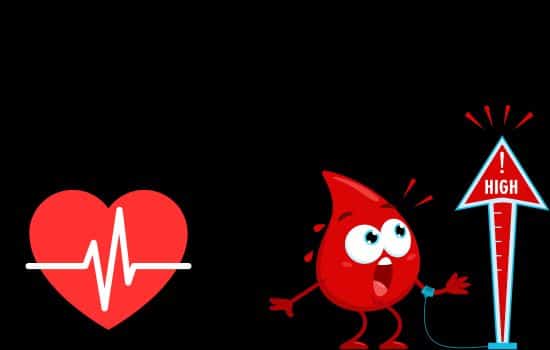Advertisements
Understanding Car Signs: What's Up with That?
Before talking about those cool apps, let's talk about the signals that your ship sends you when something is not right. Are you bothered by the lights that come on on the dashboard and the strange noises?
Well, those are the signs that something is wrong. Strange vibrations, loss of power, that's not normal, and usually indicates that it's time to get to work.
Advertisements
Why Soon is Better: The Importance of Identifying Problems Early
My advice: don't let problems accumulate.
The longer you leave a problem unresolved, the more chance it has of becoming a bigger problem.
Advertisements
See also:
- The Power of the Chambers
- Phone on a Tape Measure
- The World of Amateur Radio
- Elevating your Photos
- Master Measurement
Plus, it's cheaper to fix things up front than to wait until the engine starts complaining and money starts flying.
Digital Tools that Make Life Easier
DashCommand: This app is a badass. It gives you all the details of what's going on under the hood.
Error codes, real-time parameters, you can even record some data to analyze later.
And the best thing: it is easy to use, even the workshop colleague understands it.
Car Scanner: This one is for those who want to get to the point. You connect the scanner, plug it into the car, and it gives you a list of the problems. No turns. You just have to identify the code, see what's up and that's it.
Torque Pro: If you like to go deeper into the details, Torque Pro is your app. Not only does it read the error codes, but it also gives you a ton of information about the car's performance in real time. It's like having a control panel in your pocket.
How to Use These Apps in Practice
Step 1: Connect the OBD-II Adapter: This part is easy. You grab the adapter, plug it into the car's OBD-II input (usually under the dashboard), and that's it.
Step 2: Install the App and Configure: You download the application, follow the installation instructions and make the connection with the adapter. As simple as that.
Step 3: Identify Error Codes: With the connection ready, it's time to see what's in the car. The app will show you the error codes, like a dictionary of what's wrong.
Step 4: Understand the Problem: Now that you have the codes, it's time to understand what is causing the problem.
The app can give you an idea of what it could be, but it is good to have basic knowledge so you don't end up changing parts on a trial basis.
Step 5: Solve the Problem: After understanding what is happening, it is time to take action.
It can be anything from a simple part change to a more in-depth review. The important thing is to solve the problem once and for all.

Conclusion
Solving car problems can be a headache, but with these apps at hand, everything is easier.
DashCommand, Car Scanner and Torque Pro are powerful tools that give you a clear view of what's going on under the hood.
So, don't let problems accumulate. Stay on top of your car's signals, use these apps when you need them, and keep your ship rolling great.




